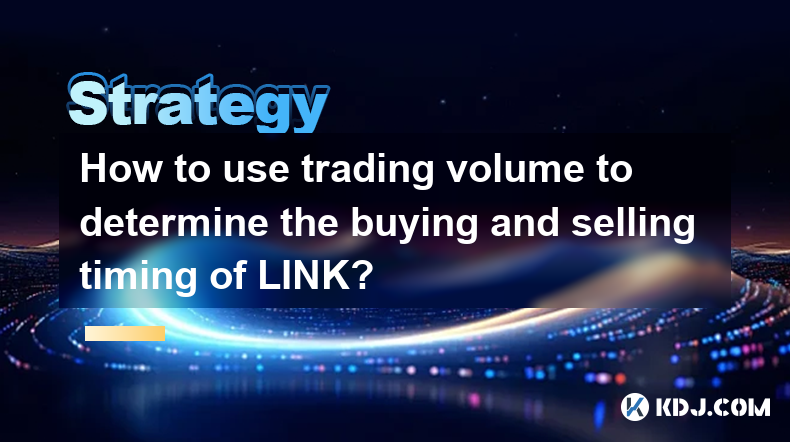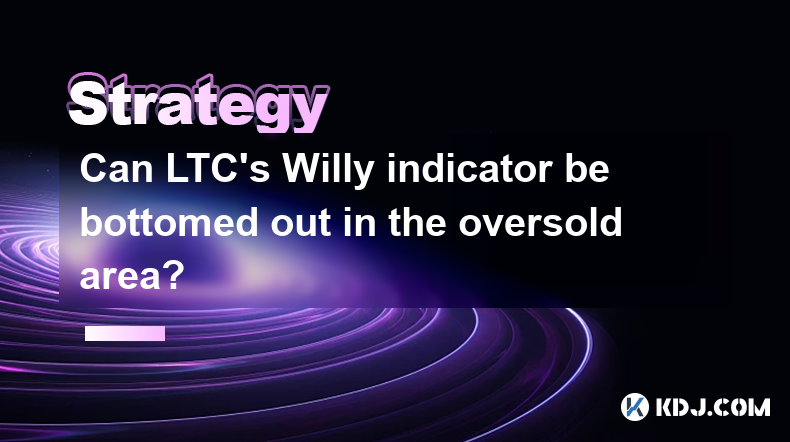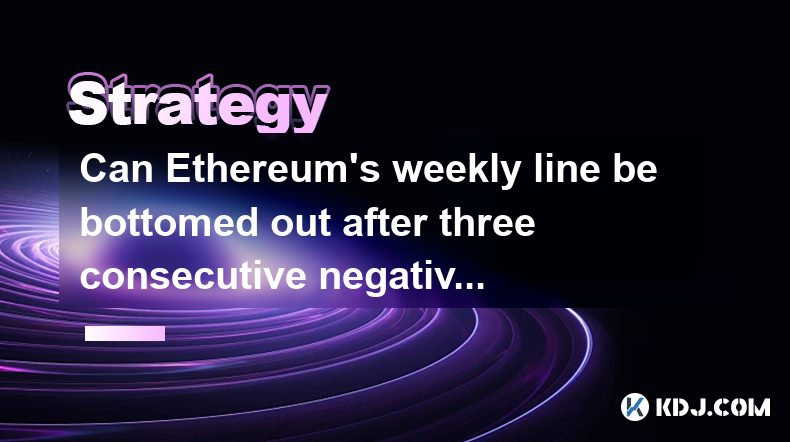-
 Bitcoin
Bitcoin $93,125.7633
-0.06% -
 Ethereum
Ethereum $1,750.3024
-1.97% -
 Tether USDt
Tether USDt $1.0003
0.01% -
 XRP
XRP $2.1763
-1.32% -
 BNB
BNB $600.2434
-0.95% -
 Solana
Solana $151.2612
1.15% -
 USDC
USDC $1.0000
0.00% -
 Dogecoin
Dogecoin $0.1792
2.26% -
 Cardano
Cardano $0.7077
2.69% -
 TRON
TRON $0.2435
-0.63% -
 Sui
Sui $3.3164
10.34% -
 Chainlink
Chainlink $14.8274
0.34% -
 Avalanche
Avalanche $21.8977
-0.94% -
 Stellar
Stellar $0.2758
4.75% -
 UNUS SED LEO
UNUS SED LEO $9.2098
0.47% -
 Shiba Inu
Shiba Inu $0.0...01375
3.37% -
 Toncoin
Toncoin $3.1774
0.97% -
 Hedera
Hedera $0.1851
3.78% -
 Bitcoin Cash
Bitcoin Cash $352.0123
-3.33% -
 Polkadot
Polkadot $4.2501
5.36% -
 Litecoin
Litecoin $83.3326
0.30% -
 Hyperliquid
Hyperliquid $18.5165
1.04% -
 Dai
Dai $1.0001
0.02% -
 Bitget Token
Bitget Token $4.4083
-2.21% -
 Ethena USDe
Ethena USDe $0.9996
0.02% -
 Pi
Pi $0.6526
-0.33% -
 Monero
Monero $228.0417
-0.47% -
 Pepe
Pepe $0.0...08640
0.09% -
 Uniswap
Uniswap $5.7334
-3.22% -
 Aptos
Aptos $5.3661
0.94%
Is LTC's hash band forming a death cross, must it be sold?
A death cross on Litecoin's chart signals potential bearish trends, but selling should consider market sentiment, other indicators, and risk management strategies.
Apr 23, 2025 at 06:28 pm

The concept of a "death cross" in the context of cryptocurrency, particularly for Litecoin (LTC), is a technical analysis indicator that traders and investors often watch closely. A death cross occurs when a short-term moving average, typically the 50-day moving average, crosses below a long-term moving average, usually the 200-day moving average. This event is seen by many as a bearish signal, suggesting that the asset's price may continue to decline. However, understanding whether this signal necessitates selling Litecoin requires a deeper dive into technical analysis, market sentiment, and other factors.
Understanding the Death Cross
The death cross is a widely recognized technical analysis pattern. When the 50-day moving average crosses below the 200-day moving average, it indicates that the short-term trend is turning more bearish than the long-term trend. This can be a signal for investors to consider selling their holdings or at least to become more cautious.
To identify a death cross on Litecoin's price chart, one would typically follow these steps:
- Open a reliable cryptocurrency charting platform such as TradingView or Coinigy.
- Select Litecoin (LTC) as the asset you want to analyze.
- Add the 50-day and 200-day moving averages to the chart.
- Observe the point where the 50-day moving average crosses below the 200-day moving average. This is the death cross.
Historical Performance of Litecoin After a Death Cross
Historically, the performance of Litecoin following a death cross has varied. While some instances have led to significant price declines, others have seen the price recover relatively quickly. It's important to look at specific examples to understand the potential outcomes.
For instance, if Litecoin experienced a death cross in early 2020, the price might have dropped by 20% in the following month. However, if another death cross occurred in mid-2021, the price might have only dropped by 5% before rebounding. These examples illustrate that the death cross is not a definitive predictor of future price movements.
Market Sentiment and Other Indicators
While the death cross can be a useful indicator, it should not be the sole factor in deciding whether to sell Litecoin. Market sentiment, other technical indicators, and fundamental analysis should also be considered.
- Market sentiment can be gauged through social media analysis, news sentiment, and overall market trends. If the broader cryptocurrency market is bullish despite Litecoin's death cross, it might not be necessary to sell immediately.
- Other technical indicators such as the Relative Strength Index (RSI), Moving Average Convergence Divergence (MACD), and Bollinger Bands can provide additional insights into Litecoin's potential price movements.
- Fundamental analysis involves looking at Litecoin's adoption, network growth, and technological developments. If Litecoin is experiencing positive developments in these areas, a death cross might be less concerning.
Risk Management and Investment Strategy
When considering whether to sell Litecoin after a death cross, risk management and investment strategy are crucial. Investors should assess their risk tolerance and investment goals before making any decisions.
- Stop-loss orders can be set to automatically sell Litecoin if the price falls to a certain level, helping to manage risk.
- Diversification across different cryptocurrencies and other asset classes can reduce the impact of a potential price drop in Litecoin.
- Long-term investment strategy might involve holding onto Litecoin despite a death cross if the investor believes in its long-term potential.
Psychological Factors in Trading
Psychological factors play a significant role in trading decisions. The fear of missing out (FOMO) and the fear of loss can lead investors to make impulsive decisions based on indicators like the death cross.
- Emotional discipline is key to making rational decisions. Investors should avoid selling in panic and instead rely on a well-thought-out strategy.
- Regular review of investment decisions can help investors stay aligned with their long-term goals and not be swayed by short-term market fluctuations.
Conclusion on Selling Litecoin After a Death Cross
In conclusion, while a death cross on Litecoin's hash band can be a bearish signal, it does not necessarily mean that the cryptocurrency must be sold. Investors should consider a range of factors, including historical performance, market sentiment, other technical indicators, and their own risk management and investment strategies. By taking a holistic approach, investors can make more informed decisions about whether to sell Litecoin in response to a death cross.
Frequently Asked Questions
Q: Can a death cross be a false signal for Litecoin?
A: Yes, a death cross can be a false signal. Sometimes, the price of Litecoin may recover quickly after a death cross, indicating that the bearish signal was not a reliable predictor of future price movements. It's essential to consider other indicators and market conditions to validate the signal.
Q: How often does a death cross occur for Litecoin?
A: The frequency of death crosses for Litecoin can vary depending on market conditions. In volatile markets, death crosses might occur more frequently than in stable markets. Historically, Litecoin has experienced death crosses several times per year during periods of high volatility.
Q: Should I use the death cross as a standalone indicator for selling Litecoin?
A: No, the death cross should not be used as a standalone indicator. It is more effective when combined with other technical indicators, fundamental analysis, and an understanding of market sentiment. Using multiple sources of information can provide a more comprehensive view of Litecoin's potential price movements.
Q: Can the death cross be used to predict the bottom of Litecoin's price?
A: The death cross is not a reliable predictor of the bottom of Litecoin's price. It is a bearish signal that suggests further declines may occur, but it does not indicate the exact point at which the price will bottom out. Investors should use additional analysis to determine potential price bottoms.
Disclaimer:info@kdj.com
The information provided is not trading advice. kdj.com does not assume any responsibility for any investments made based on the information provided in this article. Cryptocurrencies are highly volatile and it is highly recommended that you invest with caution after thorough research!
If you believe that the content used on this website infringes your copyright, please contact us immediately (info@kdj.com) and we will delete it promptly.
- SEC Delays Decision On Canary Capital's HBAR Exchange-Traded Fund
- 2025-04-25 10:50:12
- BlockDAG (BDAG) Flips the Script, Resetting Price Ahead of Mainnet Launch
- 2025-04-25 10:50:12
- NYU professor Scott Galloway on Thursday detailed a “transnational oligarchy”
- 2025-04-25 10:45:12
- Zypher Network Partners with DeAgent AI to Redefine the Future of Decentralized Intelligence
- 2025-04-25 10:45:12
- LBank Explores the Possible Resurgence of the Meme Coin Market as a Leading Crypto Narrative
- 2025-04-25 10:40:12
- Trump's Poll Numbers Might Be Sinking — But His Crypto Coin and Media Empire Are On The Rise
- 2025-04-25 10:40:12
Related knowledge

What does the surge in SOL's cross-chain bridge inflows represent?
Apr 25,2025 at 09:00am
The recent surge in SOL's cross-chain bridge inflows represents a significant trend within the cryptocurrency ecosystem, particularly for Solana (SOL). This phenomenon highlights increased activity and interest in moving assets from other blockchains to Solana, indicating growing confidence in its network and ecosystem. Cross-chain bridges are essential...

Is the increase in LINK's net outflow from exchanges a positive signal?
Apr 24,2025 at 02:35pm
The recent increase in LINK's net outflow from exchanges has sparked discussions within the cryptocurrency community about its implications for the token's future performance. LINK, the native token of the Chainlink decentralized oracle network, has seen a notable shift in its net outflow from exchanges, which many interpret as a positive signal. This a...

Is LTC's UTXO age distribution useful for judging buying and selling points?
Apr 23,2025 at 05:42pm
Is LTC's UTXO age distribution useful for judging buying and selling points? Understanding the UTXO (Unspent Transaction Output) age distribution of Litecoin (LTC) can provide valuable insights into the behavior of its holders and potentially help in making informed decisions about buying and selling points. The UTXO age distribution refers to the age o...

How to use trading volume to determine the buying and selling timing of LINK?
Apr 25,2025 at 02:07am
How to Use Trading Volume to Determine the Buying and Selling Timing of LINK? Trading volume is a crucial metric in the cryptocurrency market that can provide valuable insights into the buying and selling behavior of traders. When it comes to Chainlink (LINK), understanding how to analyze trading volume can help you make more informed decisions about wh...

Can LTC's Willy indicator be bottomed out in the oversold area?
Apr 24,2025 at 01:43pm
Understanding the Willy IndicatorThe Willy indicator, also known as the Willy ratio, is a technical analysis tool used in the cryptocurrency market to gauge the sentiment of a particular asset, in this case, Litecoin (LTC). It is calculated by dividing the total trading volume of an asset by its market capitalization. The resulting ratio helps traders u...

Can Ethereum's weekly line be bottomed out after three consecutive negatives?
Apr 24,2025 at 10:56am
In the dynamic world of cryptocurrencies, understanding market trends and patterns is crucial for investors and traders alike. One of the significant aspects of technical analysis in this field is the examination of weekly line charts, particularly for major cryptocurrencies like Ethereum. The question of whether Ethereum's weekly line can be bottomed o...

What does the surge in SOL's cross-chain bridge inflows represent?
Apr 25,2025 at 09:00am
The recent surge in SOL's cross-chain bridge inflows represents a significant trend within the cryptocurrency ecosystem, particularly for Solana (SOL). This phenomenon highlights increased activity and interest in moving assets from other blockchains to Solana, indicating growing confidence in its network and ecosystem. Cross-chain bridges are essential...

Is the increase in LINK's net outflow from exchanges a positive signal?
Apr 24,2025 at 02:35pm
The recent increase in LINK's net outflow from exchanges has sparked discussions within the cryptocurrency community about its implications for the token's future performance. LINK, the native token of the Chainlink decentralized oracle network, has seen a notable shift in its net outflow from exchanges, which many interpret as a positive signal. This a...

Is LTC's UTXO age distribution useful for judging buying and selling points?
Apr 23,2025 at 05:42pm
Is LTC's UTXO age distribution useful for judging buying and selling points? Understanding the UTXO (Unspent Transaction Output) age distribution of Litecoin (LTC) can provide valuable insights into the behavior of its holders and potentially help in making informed decisions about buying and selling points. The UTXO age distribution refers to the age o...

How to use trading volume to determine the buying and selling timing of LINK?
Apr 25,2025 at 02:07am
How to Use Trading Volume to Determine the Buying and Selling Timing of LINK? Trading volume is a crucial metric in the cryptocurrency market that can provide valuable insights into the buying and selling behavior of traders. When it comes to Chainlink (LINK), understanding how to analyze trading volume can help you make more informed decisions about wh...

Can LTC's Willy indicator be bottomed out in the oversold area?
Apr 24,2025 at 01:43pm
Understanding the Willy IndicatorThe Willy indicator, also known as the Willy ratio, is a technical analysis tool used in the cryptocurrency market to gauge the sentiment of a particular asset, in this case, Litecoin (LTC). It is calculated by dividing the total trading volume of an asset by its market capitalization. The resulting ratio helps traders u...

Can Ethereum's weekly line be bottomed out after three consecutive negatives?
Apr 24,2025 at 10:56am
In the dynamic world of cryptocurrencies, understanding market trends and patterns is crucial for investors and traders alike. One of the significant aspects of technical analysis in this field is the examination of weekly line charts, particularly for major cryptocurrencies like Ethereum. The question of whether Ethereum's weekly line can be bottomed o...
See all articles
























































































